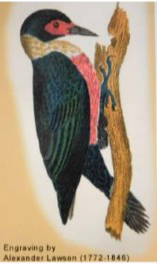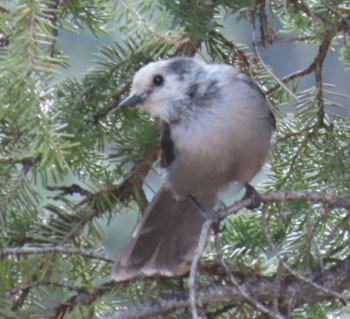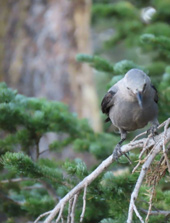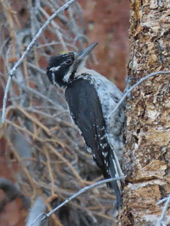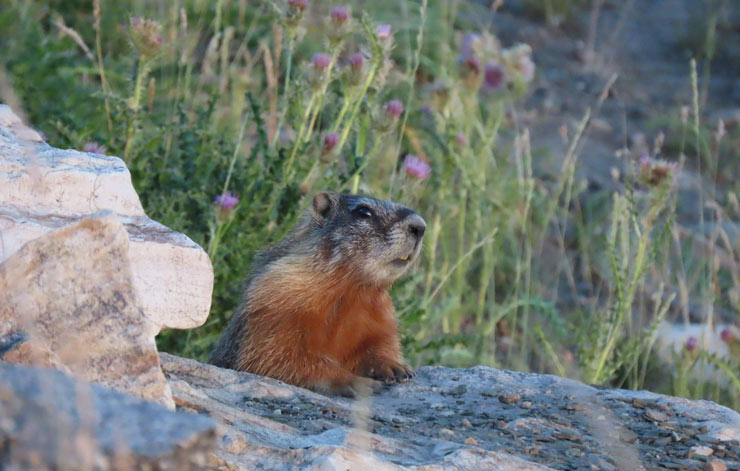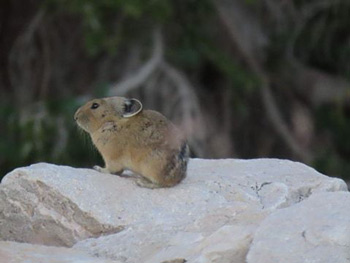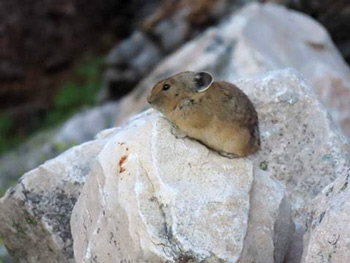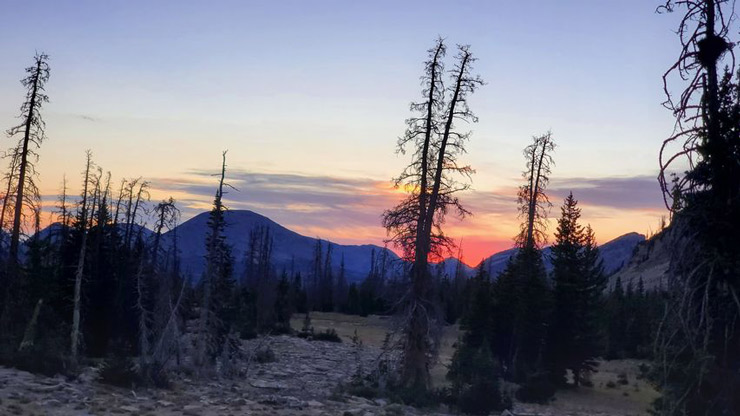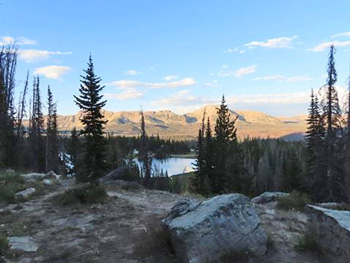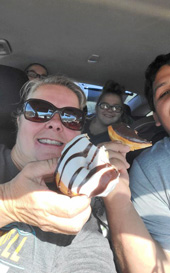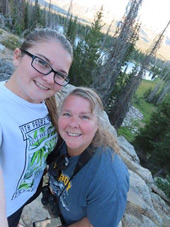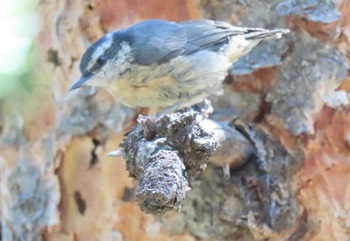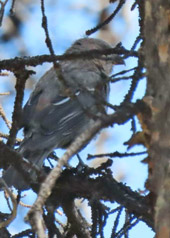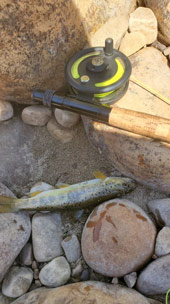|
September
2020
Contents
Monthly Meeting
Upcoming Field Trips
President's Message
Bird of the Month
Field Trip Reports
SEPTEMBER MEETING:
...Due to the uncertainty of the current
situation and out of a desire to protect each other we have decided to postpone
it for at least another month this year. As soon as we feel it is safe to resume
meetings and our potluck we will do so, but until then, we want you to know we
miss seeing all of you and we hope that you are staying safe and healthy and out
there enjoying our avian world as much as possible despite our current
limitations!
Keeli
FIELD TRIPS:
For the month of
August [and September] our field trips can be to see how many counties or WMA or National
Forests you can get to. Then send in a field trip report.
Challenge #4 in 2020 see 20 species in 20 Utah counties
Challenge #9 in 2020 see 20 species in 20 National Forest areas or Wildlife
Refuges.
Chellenge #7 in 2020
see 20 species at 20 Utah State or National Parks!
Then report back for the newsletter
I miss all of you!!
Suzi
Welcome to our new UCB board member, Tammy Northrup. She'll be in
charge of publicity.
President's Message -
September 2020
by Machelle Johnson
What is a Hybrid?
|
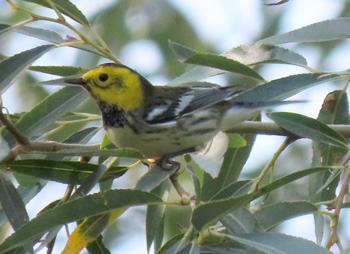
Hermit x Townsend's Warbler
by Suzi Holt
|
As if Warblers in general aren't hard
enough to see and identify, let's throw in hybrids! This past week at least
two Hermit x Townsend Warbler hybrids were seen in 2 different locations in
Utah County. I was interested in how often this occurs so I did a little
research and found some great information.
In Pete Dunne's Essential Field Guide Companion, he says this about the
Townsend's/Hermit hybrid: "Townsend's and Hermit Warblers hybridize where
their ranges overlap in Oregon and Washington, (so of course, they may
occur farther south in fall and winter). Hybrids tend to more closely
resemble Hermit by showing patternless cheeks, and some may show a shadow
cheek patch reminiscent of black-throated Green Warbler. Hybrid
underparts are often more Townsend's like. (pg 545)
Other warblers also mix, he says, "Golden-winged and Blue-winged Warblers
hybridize freely, producing fertile young that mate and breed with either
parent's species as well as other hybrids. Hybrids form the Brewster's
Warbler group; these birds show the basic plumage pattern of Blue-winged
Warbler but have yellowish, not white, wing-bars and lack the complete
bright yellow underparts of pure Blue-winged. The young of paired hybrids
show a mix of traits, of which the most stunning combination is the
Lawrence's Warbler, which combines the face pattern of Golden-winged with
the bright yellow head and underparts of Blue-winged. Hybridization
is as much the product of overlapping habitats as it is of genetic
similarity."
(pg 526)
|
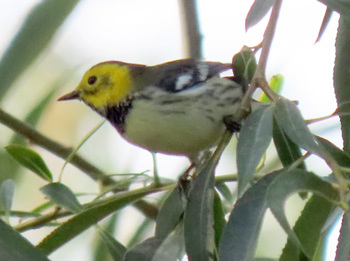
Hermit x Townsend's Warbler
by Suzi Holt
|
I checked several of my field guides and found that most of them list
the Brewsters and Lawrences Warblers, with a picture and description.
They also mention that Hermit x Townsends occurs regularly. I hadn't
paid much attention to this. I find it hard enough to see the whole
bird when looking at them, let alone deciding if it is a Townsend's or
Hermit or mix...
Per Wikipedia, A bird hybrid is a bird that
has two different species as
parents. The resulting bird can present with any combination of characters
from the parent species, from totally identical to completely different.
Usually, the bird hybrid shows intermediate characteristics between the two
species. A "successful" hybrid is
one demonstrated to produce fertile offspring. According to the most recent
estimates, about 16% of all wild bird species have been known to hybridize
with one another; this number increases to 22% when captive hybrids are taken
into account.[1] Several
bird species hybridize with multiple other species. For example, the Mallard (Anas
platyrhynchos) is known to interbreed with at least 40 different species.
The ecological and evolutionary consequences of multispecies hybridization
remain to be determined.[2]
|
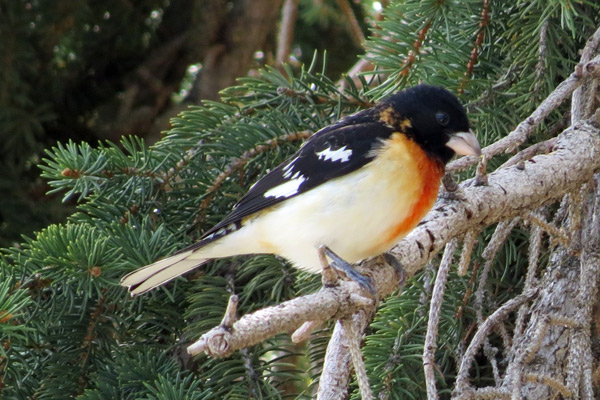
Rose-breasted x Black-headed Grosbeak
by Cliff Miles |
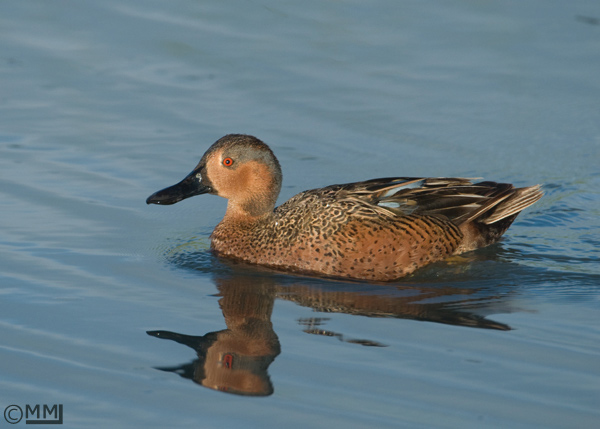
Cinnamon x Blue-winded Teal
by Mia McPherson |
In the wild, some of the most frequently reported hybrids
are waterfowl,[3] gulls,[4] hummingbirds,[5] and birds-of-paradise.[6] Mallards,
whether of wild or domestic origin, hybridize with other ducks so often that
multiple duck species are at risk of extinction because
of it.[7][8] In
gulls, Western × Glaucous-winged Gulls (known as "Olympic Gulls") are
particularly common; these hybrids are fertile and may be more evolutionarily
fit than either parent species.[9] At
least twenty different hummingbird hybrid combinations have been reported,
and intergeneric hybrids are not uncommon within the family.[10][11]
Wood-warblers are known to hybridize as well, and an unusual
three-species warbler hybrid was discovered in May 2018.[12]
https://avianhybrids.wordpress.com/
audubon.org
I enjoyed learning about hybrids. I also enjoy studying
field guides. The birds are right there, sitting still, showing all the
parts and colors, not flitting around at the tip-top or the thick of the
tree. I can see it and identify it in a picture, out birding I find it to
be quite difficult.
"BOLO", It's migration time! (Be On the Look Out).
Resources:
Pete Dunne's Essential Field Guide Companion
wikipedia.org
|
|
|
|
BIRD OF THE MONTH:
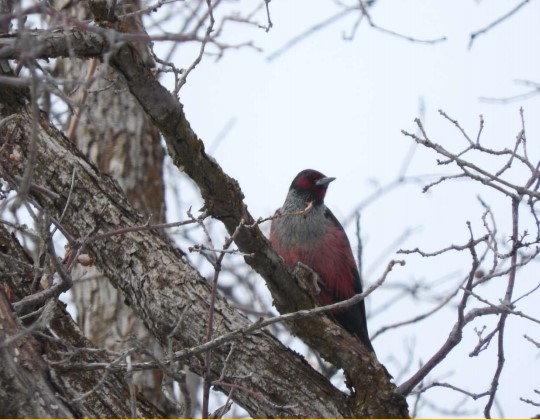
by Jeremy Telford |
|
|
|
Lewis's Woodpecker
(Melanerpes lewis)
by Steve Van Winkle
On May 27, 1806
the Lewis and Clark exploratory expedition on the orders of Thomas Jefferson
were engaged in an epic adventure to find the northwest passage, a supposed
conduit between the Atlantic eastern seaboard and the Pacific coast.
While
camped at Kamiah, Idaho on the Clearwater river, Merriwhether Lewis observed and
collected the first recorded specimen of named by the same as - the “Black
woodpecker” owing to it’s long black beak and blackish head, nape, surrounding
collar, upper wings and tail.
Lewis
describes its flight behavior as follows: its flight actions are very similar
to that of the Red-headed woodpecker, that the author is familiar with from his
birding days on the east coast and to this day still recognized as an accurate
depiction. It has a “crowlike flight with slow deliberate wing beats, as it
sallies from perch to snatch insects in flight, returning to same or nearby
perch”. Birds of North America by Fred J. Alsop.
Upon
arriving home this particular specimen, as well as many others, was presented to
Charles Peale, director of the Philadelpia Natural History museum where it was
studied and given its initial scientific name by the American ornithologist,
Alexander Wilson, Picus torquatus, Latin for “woodpecker with a
necklace”. Quite descriptive and easy to recall I would venture to say.
Eventually reclassified by William Swainson, of Swainson’s hawk notoriety, as
Melanerpes lewis meaning “ Lewis’s Black Creeper”. Of course, our current
practices of studying these feathered wonders precludes collection of the
specimen via the shotgun and relies on banding, microchip tracking, blood
sampling and DNA analysis.
My
reasons for referencing original documents describing events and attitudes of
early ornithologists is first most - to honor their efforts, determination,
obstacles and accuracy in describing behavior and character of our wonderfully
diverse world of birds. And, to remember the beauty of the written word as
penned by ornithologists of yesteryear.
My first
recollection of the Lewis, Black, woodpecker was while I was stationed, as a
biological aide with the Idaho Fish and Game, at a backwoods and quite remote
summer hatchery on Warm River, a tributary near Mesa Falls region of the Snake
river Henry’s Fork river.
This
handsome bird would dart swiftly through the canopy of Lodgepole and Quakies and
edges to “fly-catch” host of insects.
Identification
● Dark
glossy-green back
● Red face and
wide gray collar
●
Dark glossy-green necklace
● Pink wash on
belly, sides and flanks
● Sexes alike;
juveniles duller and browner than adult
● Flight:
smooth crow-like beat
Habitat
and Diet
● Open pine
and mixed woods
● Preference
for riparian edges for foraging
● Selects
snags and other prominent perches
● Summer diet
is primarily insects switching to acorns
and other available nuts throughout the
winter
Range
● Throughout North America, but the most
significant
populations are found west of the 100th meridian to the pacific, south to our
southern border with Mexico and slightly beyond, and slightly north of our
borders with British
Columbia and Alberta.
Conservation status
● Despite having disappeared throughout a portion of
its Western breeding grounds due to habitat alteration,
ICUN currently lists the
Lewis’s woodpecker as a species of least concern.
● Found
throughout much of its preferred habitats in Utah with the most dense areas of
concentration along
the Wasatch range, Fishlake Nat. Forest and Southwest Utah.
● Lewis’s
present throughout the year, although very few recorded birds from mid-June
through August
● Highest
densities (sightings) in Utah Co. occurs mid-September thru March
● High count:
7 individuals seen in Woodland Hills on Dec. 8th, 2013 by anonymous
observer
references: Lewisandclark.org, Discovering
Lewis and Clark
The Sibley Guide to Birds, David
Allen Sibley
IUCN
|
|
Field Trip Reports
(There are Individual Field Trip Reports on our
Facebook Page)
|
|
#9 -
National Forest locations or Wildlife Refuges...
OR... Wildlife Management Areas
To all you birders working on the challenge, I started thinking about the
suggested activity for the month in place of the meeting. The suggested
activity mentioned to see how many counties you could bird and/or do bird watching in the national forests and Wildlife management areas. I
thought real hard about that activity since I had already birded 20 counties
in the northern half of the state by July 31, and had nearly had 20 done for
item #9 for National Forests and Wildlife Refuge (which according to Dennis
Shirley included Wildlife Management Areas).
On the website:
utah.com/wildlife/wildlife-refuges lists our three national refuges in
the state; namely, Ouray, Fish Springs, and Bear River Bird Refuge.
I was curious how many wildlife management areas there are in the state of
Utah. So I did some goggling and found a very interesting website --
dwrapps.utah.gov/ram/start2
This site has a wonderful and rather fun and informative map of all the WMAs
in the state and by zooming in on that map you can gain more information
about any particular area.
You might be surprised that you have birded in an area that was really
designated as a WMA! For instance, I didn't realize that Swede Lane is a
designated WMA. Powell Slough is also a WMA area. Have some fun with that
map. I found some areas not far away that can count for the challenge.
Carry on, folks!! There are plenty of fun areas out there yet to enjoy
birding.
Yvonne Carter
|
|
We went to Mirror Lake Hwy twice in August to get Wasatch NF.
by Suzi Holt
|
|
Duck Creek
by Suzi Holt
|
On August 16th we decided to head to Duck Creek
for the Bay-breasted Warbler! We got there about 4 and we saw it at
6:15! What a great find thanks to Bryant Olsen. There were lots of fun
birds and we got over 20 species there completing Dixie NF. Such a fun
place to bird! If you haven't gone it is worth it!!! We also finished a
couple counties! Kane and Garfield and got started on a few other's. A
great 24 hr trip! |
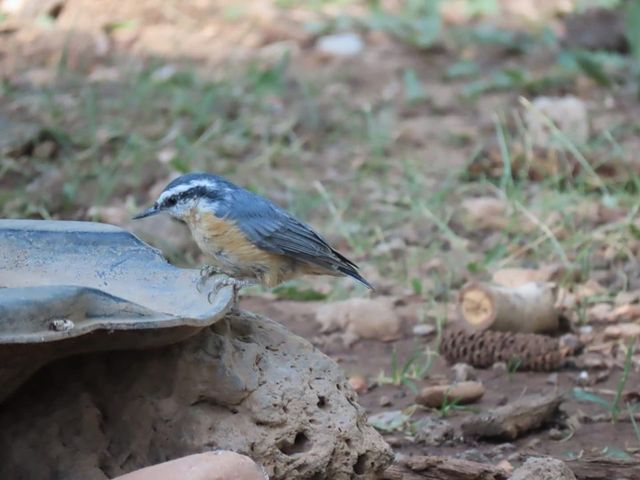 |
|
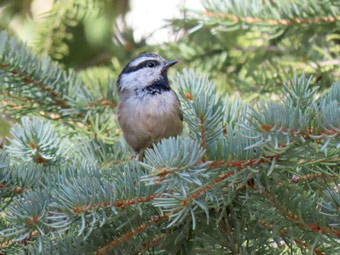 |
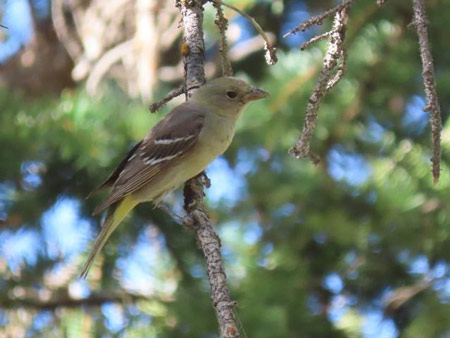 |
|
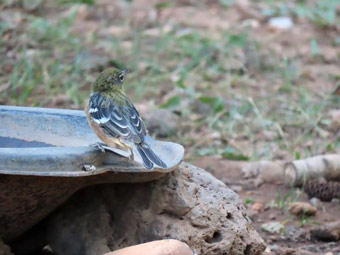
Bay-breasted Warbler
|
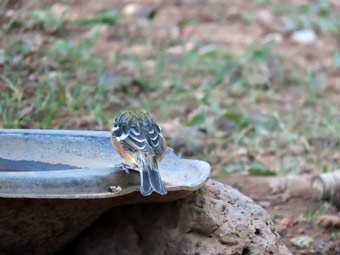
Bay-breasted Warbler
|
|
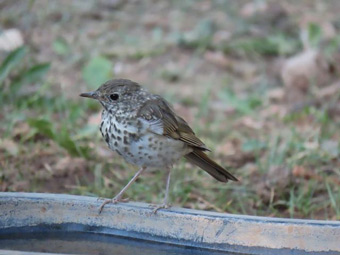
Adult Hermit Thrush
|
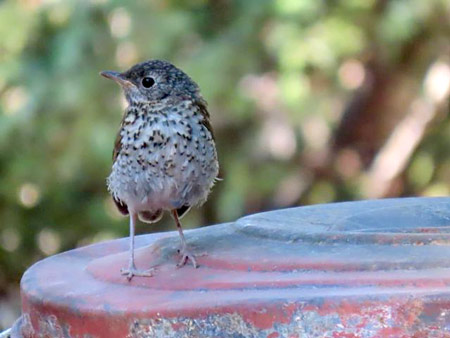
Juvenilet Hermit Thrush
|
|
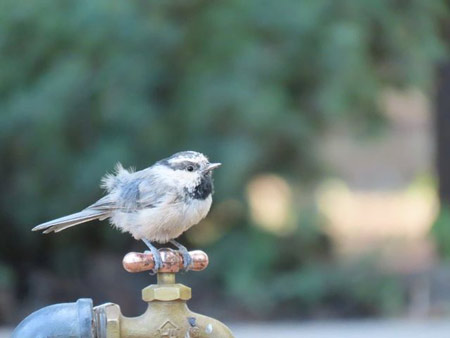 |
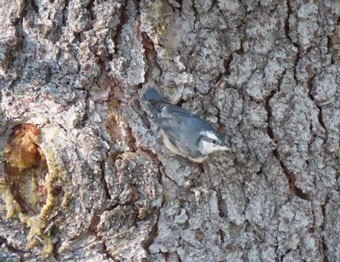
|
|
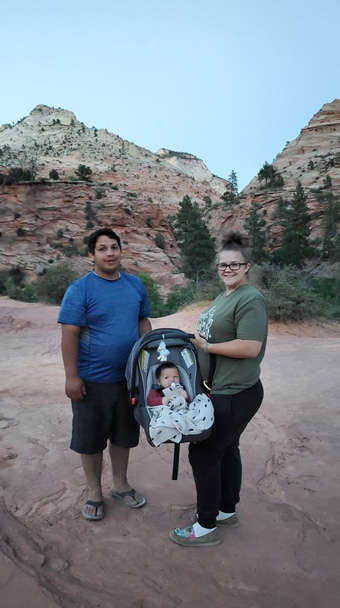 |
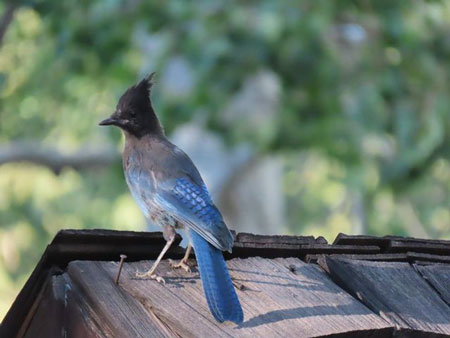 |
|
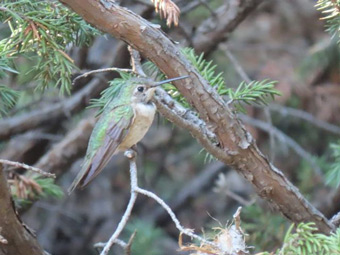
|
|
|
|
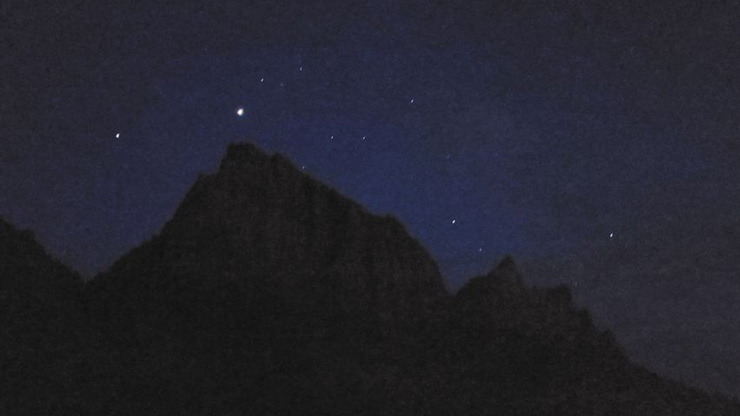 |
|
|
|
If you have had any interesting
field trips on your own this month,
feel free to write a report for the newsletter!
(Send it to:
ucbirders@utahbirds.org)
|
|
|






